Improve vaccination efficiency with macroalgae adjuvants
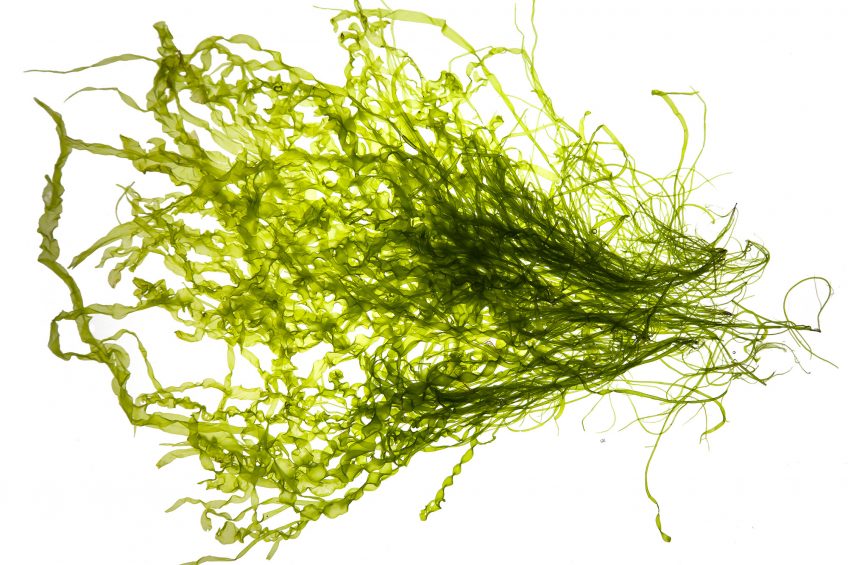
Adjuvants are substances which reinforce the effect of a treatment or vaccination. For their effect as auxiliary, adjuvants are added to vaccines to further stimulate the innate immune response involved in the specific immune response activation. Commonly used adjuvants include oil emulsions and aluminium salts. Additionally, saponin and cytokines are gaining increased interest for use as adjuvants.
Separate from including classical adjuvant in a vaccine, other techniques can be used to stimulate an immune response prior to vaccination, to further potentiate vaccine uptake and persistence. These new approaches include supplementing animals with specific nutraceutical products such as certain algal extracts or different vitamins and minerals around vaccination to reinforce the immune response.
Biological treasures
Macroalgae, or seaweeds, are eukaryotic and pluricellular organisms, divided into 3 different groups:
- green,
- red and
- brown.
Detailed screening of macroalgal functions revealed new ranges of biological activities including anticoagulant, antiviral and antibacterial, anti-tumoral and immunomodulatory activities. All of them could be of relevance in nutraceutical functional food. Indeed, green, brown and red macroalgae cell wall contains large amounts of sulfated polysaccharides, named respectively ulvans, fucoidans and carrageenans, ranging from 4% up to 76% of seaweed dry weight. Among the characteristics identified as important for the biological activity of these complex algal polysaccharides are the presence of charged molecules, both via the presence of carboxylated sugars such as uronic acids within the carbohydrate chains and the presence of sulfate groups in certain positions on the sugars. Their structural variation is high and based on repeating disaccharide units with different types of linkages within and between the disaccharides. In some of the algal polysaccharides rare sugar units (fucose, iduronic acid, rhamnose) are represented. Together these parameters show a phylogenic similarity with polysaccharides from the animal kingdom such as heparin, which explains their unique biological properties. Their reactivity, hence their biological properties, varies according to the type of sugars and linkages, their level of sulfatation and also their molecular weight. Therefore, fractions with distinct biological activities can be found in algae. Their specific extraction is a key to ensure a targeted effect on animals.
Assessing the immunomodulating effects
Some of these polysaccharides can be extracted and purified for their immunomodulating properties. Olmix has worked on such extracts and the immunomodulating activity of its MSP IMMUNITY, extracted from Ulva sp. green macroalgae, was first evidenced on porcine intestinal epithelial cells in vitro. MSP IMMUNITY activated the expression of several cytokines involved in the activation, recruitment and migration of lymphocytes, as well as dendritic cells (professional antigen-presenting cells), and may constitute a potential adjuvant in the design of mucosal vaccine approaches in order improve both innate and adaptive immunity.
Support natural defences
Based on the in vitro results the capacity of the algal extract MSP was tested for its potential as a new prophylactic strategy to activate the immune response of poultry in the frame of vaccination programs in different commercial production conditions. Apart from the administration of the algae based product Searup formulated with the MSP IMMUNITY to the test groups the prophylactic programs used were identical for the test groups and control groups. The blood samples were collected on 20 animals per group and the ND antibodies were analysed with the same type of Elisa test.
Trials with pullets, layers and broilers
This trial was carried out in a commercial pullet farm in France. Newcastle Disease (ND) vaccination was done by spraying at day 35 and 91 with a live vaccine, and by injection at day 105 with an attenuated vaccine. Two houses with 20,400 pullets each were used as control, following the standard prophylaxis of the farm, and one house with 18,500 pullets received the algae-based product Searup, during three days at their arrival in the houses, and one day before and two days after each ND vaccine. Pullet performance and vaccination uptake were controlled until their transfer to the laying houses (at 30 weeks of age). Results showed a reduced coefficient of variation of the antibody titers in the test group compared to control (Figure 1), reflecting an improved vaccination efficacy. Indeed, the coefficient of variation (CV) of antibody titers in the test group was always below the critical level of 60% described by Salek (2015) and was globally lower than control CV. These results came along with a lower mortality in the test group compared to control (respectively 1.35 and 2.29%).
Figure 1 – ND vaccination efficacy on pullets supplemented or not with algae-based product Searup.

The second trial took place at a layer farm in Normandy, France. This trial started on the transfer day of the layers at 18 weeks of age and lasted 14 weeks. The 111 300 Lohmann layers included in the trial were coming from the same pullet farm where they had received identical prophylactic vaccination treatments. 56 100 layers were included in the test group receiving Searup at a dose of 0,5L / 1000L drinking water during three consecutive days, at the transfer, at 50% of laying rate and at the egg production peak. Blood samples were collected the week after arrival, at the egg production peak and 7 weeks later. The laying performances were registered daily during the entire trial. The results are similar to those observed in pullets with lower coefficients of variation of the antibody titers in the test group compared to control (Figure 2), as well as a global improvement in the zootechnical measurements and significant increase in the total number of eggs per hen present (+0,8 eggs/ hen present).
Figure 2 – ND vaccination efficacy on laying hens supplemented or not with algae-based product Searup.

The last trial was conducted at a broiler farm with two houses of 20 000 broilers each, of the Ross strain. The trial was conducted from the arrival of the chicks until slaughter. The MSP IMMUNITY was administered in the form of Searup during the first week of life and around both ND vaccines (D9 and D22). Blood samples were collected at the chick’s arrival and then at D8, 14, 21 and 35. In spite of a good parenteral immunity transfer observed in both test and control groups (titers at J1 over 9 000) we observed the same improvement of the homogeneity of the CV in the test group as obtained for pullets and layers (Figure 2). At J21 (after the first ND vaccination) the CV in the test group was significantly lower than in the control group and the improvement was maintained at J35 (after the booster).
Figure 3 – ND vaccination efficacy on broilers supplemented or not with algae-based product Searup.

Moving forward without antibiotics
Poultry farms and all supporting professions are continually seeking to increase the performance of farms, with a new constraint in the game being to limit the use of antibiotics. The use of immunomodulators as Searup formulated with MSP IMMUNITY is able to support the natural defences of the animals and improve vaccination efficiency. A better homogeneity of ND antibody titers (lower coefficient of variation) was measured in the test groups when compared to the control groups in all 3 poultry productions tested. Searup thus provides a new way to help producers achieve good performance, improve the sanitary status of the animals and open the way to reduce the use of antibiotics.
Join 31,000+ subscribers
Subscribe to our newsletter to stay updated about all the need-to-know content in the poultry sector, three times a week. Beheer
Beheer

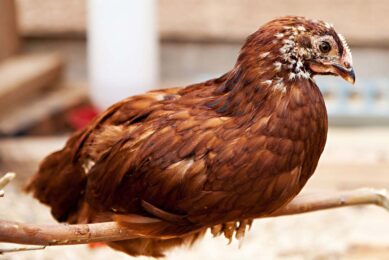
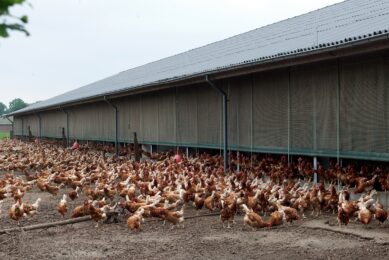
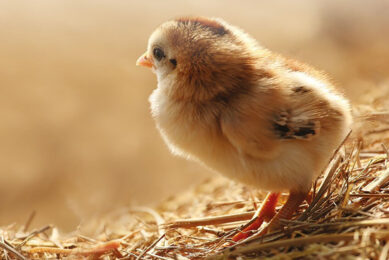
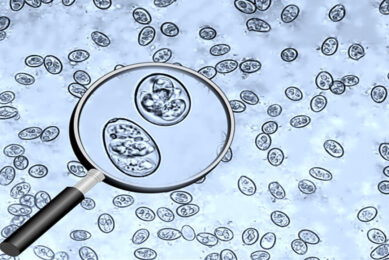



 WP Admin
WP Admin  Bewerk bericht
Bewerk bericht